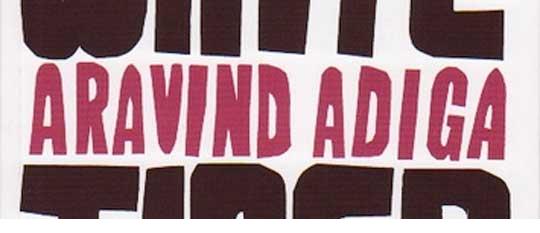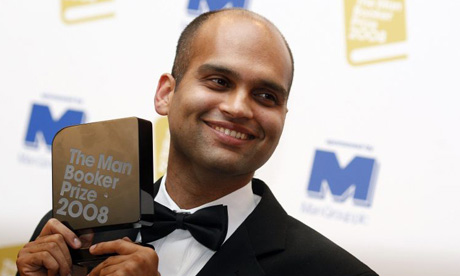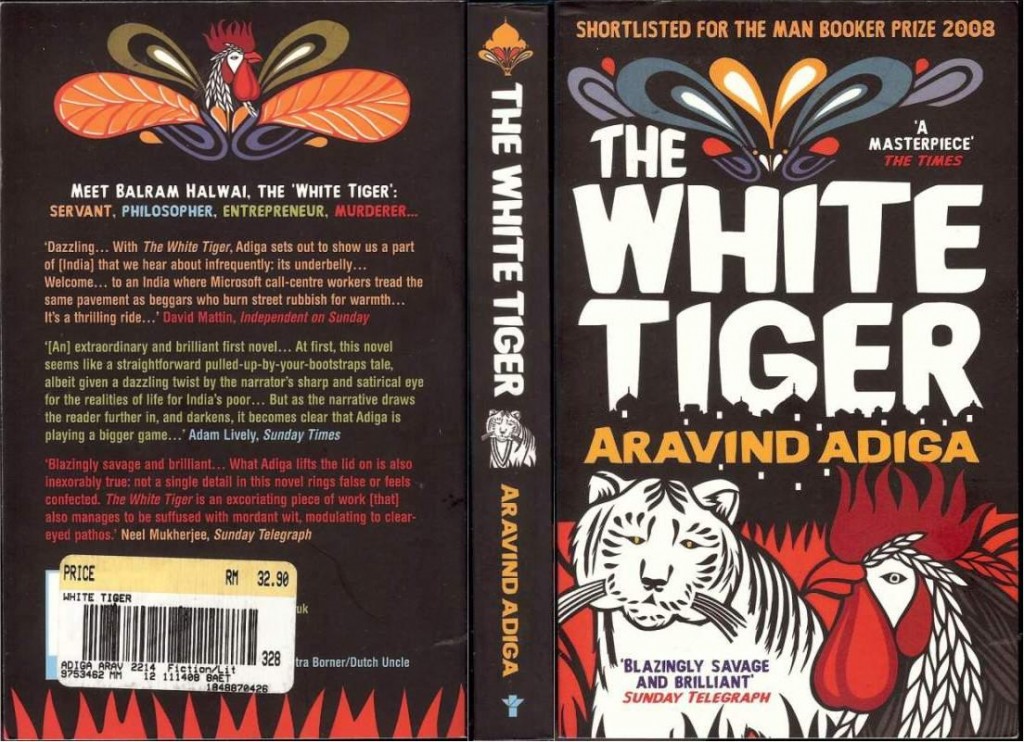One hears so much about the dazzling rise of India these days as a major economic power. What about Indian society itself and how is it being affected by globalisation? Aravind Adiga’s first novel – “The White Tiger” – which won the Booker Prize in 2008 is an interesting and entertaining tale about one Balram Halwai, born into a lowly family in Northern India, and how he manages to scale the heights of entrepreneurial success. Although fictional, every bit of the book is believable. Written as a letter to the Chinese Premier Wen Jiabao, Balram tells his tale in his own distinctive way. In the process he shines a light on the darker side of contemporary India from the poverty ridden villages to the rapidly growing urban centres.
Born as the son of a rickshaw puller in a small North Indian village, Balram Halwai’s life seems destined from the outset to be trapped in poverty and insignificance, but he nurses a dream to escape. And escape he does. His big break comes when he is employed as a driver for a wealthy village landlord’s son, recently returned from America, and his wife. Moving to Delhi, the bustling capital of India, with his master and wife, the city is a revelation to him with its frequent traffic jams, call centres, shopping malls, strange civic planning, five star hotels and slums.
It seems that the rich can buy anything they want. A turning point seems to be when his master’s wife decides to leave her husband after a road accident, and it is then that the corrupting influence of the city has an effect on both master and servant.

According to Balram, India’s greatest invention is not the number system or chess but the Rooster Coop – the system by which 99.9% of the Indian population, despite being strong, talented and intelligent, live in perpetual servitude to a handful of men. Likening himself to a rare animal – a white tiger – that escapes its cage, Balram desires to break out of this coop. Feelings of loyalty to his master gradually give way to resentment and ambition.
He eventually kills his master and runs away with a bag full of money which his master is about to pay a politician. With this money Balram heads south to Bangalore, where so many foreign companies are coming to these days, and makes a new life for himself. Seeing the opportunities present themselves in Bangalore, Balram Halwai, now renamed Ashok Sharma, makes a name for himself as the owner of a taxi service ferrying workers to their offices.
Balram clearly sees himself as an “entrepreneur” – a self-made man, a success in this world, and a white tiger. This is despite the fact that he has killed someone, which he justifies by saying that most men of stature have done the same. Here Adiga seems to be critiquing the ruling classes of India, some of whom are guilty of criminal activity.
Written in a simple way, mixed with a good deal of wit and humour, the book is an enjoyable read. It seems Adiga is deliberately caricaturising his main characters for greater effect. For example, the greedy village landlord is called the “Stork” and his son the “Mongoose”. Issues surrounding caste, religion, politics, corruption, violence and globalisation are all exposed, laying bare the brutal realities of modern India. There is much to shock the reader and make him ponder.

This is not the kind of book many proud Indians would like reading, and indeed some have criticised the book as a Western conspiracy to malign India’s economic progress. I disagree. Just like Charles Dickens shone a light on the inequalities of Victorian Britain during the Industrial Revolution, Adiga manages to do something similar here.
This book offers a riposte to the glamorised view of India portrayed by Bollywood. Adiga deserves credit for casting a sharp eye on modern India, however uncomfortable that may be, and telling a most interesting story. Congratulations to him for winning the prestigious Booker Prize
BY HARSHVARDHAN SINGH.




65 Comments